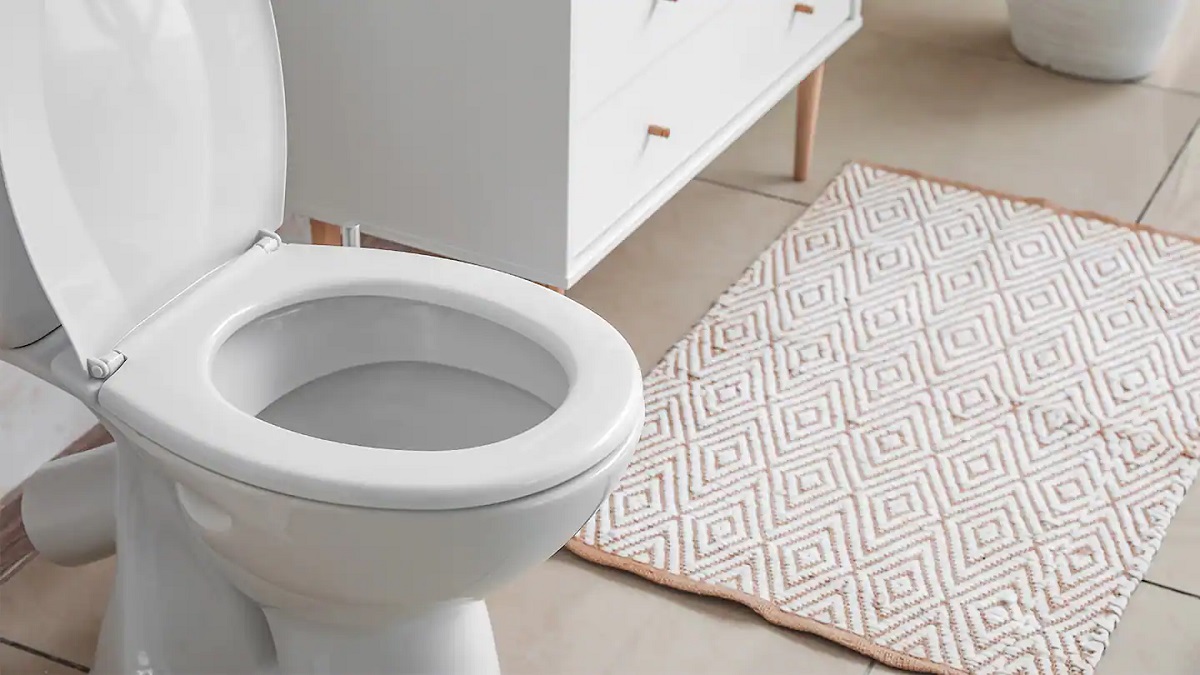

Articles
How To Adjust Toilet Bowl Water Level
Modified: January 6, 2024
Learn how to adjust the water level in your toilet bowl with our informative articles. Keep your bathroom functioning at its best with our expert tips.
(Many of the links in this article redirect to a specific reviewed product. Your purchase of these products through affiliate links helps to generate commission for Storables.com, at no extra cost. Learn more)
Introduction
Welcome to our comprehensive guide on how to adjust the water level in your toilet bowl. The water level in a toilet bowl is an essential component of its overall functionality. It affects the efficiency of the flushing mechanism and ensures proper waste removal.
If you’ve noticed that the water level in your toilet bowl is too high or too low, it’s essential to address the issue. A water level that is too high can result in frequent clogs and water spills, while a water level that is too low may not provide enough force to flush waste effectively.
In this article, we will provide you with step-by-step instructions on how to adjust the water level in your toilet bowl, as well as the reasons why you might need to make this adjustment. We will also discuss the tools and materials you’ll need and share additional tips and considerations to ensure a successful adjustment.
By the end of this guide, you’ll have the knowledge and confidence to tackle this common household maintenance task and enjoy a properly functioning toilet bowl in your home.
Key Takeaways:
- Adjusting the water level in your toilet bowl is essential for preventing clogs, conserving water, reducing leaks, minimizing noise, and maintaining a hygienic bathroom environment.
- By following the step-by-step guide and considering additional tips, you can confidently adjust the water level in your toilet bowl and enjoy a properly functioning and efficient flushing mechanism.
Understanding the Toilet Bowl Water Level
Before we dive into the process of adjusting the water level in your toilet bowl, it’s important to understand how the water level is determined and its significance in the overall functioning of your toilet.
In a standard gravity-flush toilet, the water level in the toilet bowl is controlled by the height of the water in the tank. When you flush the toilet, water from the tank is released into the bowl, creating a surge of water that carries away waste. The water level in the bowl then returns to its normal level, ready for the next flush.
The ideal water level in a toilet bowl is typically about halfway up the bowl opening. This ensures that there is enough water to facilitate an efficient flush and prevent the accumulation of waste particles. Moreover, the water level acts as a seal, preventing foul odors from escaping and maintaining a hygienic environment in your bathroom.
The water level in the bowl is always in balance with the water level in the tank. If the tank is not filling up to its proper level or is overfilling, it can lead to an improper water level in the bowl. This can result in ineffective flushing or water spills, making it crucial to adjust the water level as necessary.
Understanding the relationship between the water level in the tank and the water level in the bowl will help you identify and resolve any issues related to the bathroom fixture’s performance. Now, let’s move on to exploring the reasons why you might need to adjust the water level in your toilet bowl.
Reasons for Adjusting the Water Level
There are several reasons why you might need to adjust the water level in your toilet bowl. Understanding these factors can help you identify the root cause of any issues and take the necessary steps to rectify them.
1. Clogging: If you frequently experience clogs in your toilet, it could be a sign that the water level is too high. An excessively high water level can result in inadequate flushing power, causing waste to get stuck in the pipes. Adjusting the water level can help prevent clogs and improve the overall flushing efficiency.
2. Water Efficiency: Adjusting the water level in your toilet bowl can also help you achieve better water efficiency. If the water level is too high, you may be using more water than necessary with each flush. By slightly lowering the water level, you can conserve water without compromising the toilet’s functionality.
3. Leaking: If you notice water leaking from the base of your toilet bowl, it could be due to a high water level. The excess water can spill over the rim and seep into the surrounding areas. Adjusting the water level can help resolve the issue and prevent further water damage.
4. Noise Reduction: A constantly running toilet can be noisy and irritating. In some cases, adjusting the water level can help eliminate or minimize the running sound. By ensuring that the water level is at the appropriate height, you can enjoy a quieter bathroom experience.
5. Odor Control: The water level in the toilet bowl acts as a seal, preventing unpleasant odors from escaping into your bathroom. If the water level is too low, this seal may be compromised, resulting in unwanted smells. Adjusting the water level can help maintain a hygienic and odor-free environment.
By addressing these common issues associated with water level irregularities, you can ensure the optimal performance and functionality of your toilet. Now, let’s move on to discussing the tools and materials you’ll need to adjust the water level in your toilet bowl.
Tools and Materials Required
Adjusting the water level in your toilet bowl is a relatively straightforward task that can be accomplished with a few common tools and materials. Before you get started, gather the following items:
- Adjustable Wrench: This tool will be used to loosen and tighten the nuts on the toilet’s water supply line.
- Bucket: You’ll need a bucket to collect any excess water that may spill out during the adjustment process.
- Measuring Tape: Having a measuring tape on hand will help you accurately determine the desired water level in your toilet bowl.
- Pliers: Pliers may be necessary to loosen or tighten any stubborn connections during the adjustment process.
- Rubber Gloves: Wearing rubber gloves is a good practice when working with toilet mechanisms to maintain hygiene and protect your hands from any potential bacteria.
- Toilet Tank Adjusting Mechanism (optional): In some cases, you may need a toilet tank adjusting mechanism to fine-tune the water level in your toilet bowl. These mechanisms, such as fill valves or float rods, can help automate and maintain the desired water level.
Make sure you have all the necessary tools and materials before you begin adjusting the water level. This will enable a smooth and efficient adjustment process and minimize the need for interruptions during the task.
Now that you’re equipped with the right tools and materials, let’s move on to the step-by-step guide on adjusting the water level in your toilet bowl.
To adjust the toilet bowl water level, locate the fill valve and adjust the float to control the water level. Turn the adjustment screw or clip to raise or lower the water level as needed.
Step-by-step guide to Adjusting Toilet Bowl Water Level
Follow these simple steps to successfully adjust the water level in your toilet bowl:
- Shut off the water supply: Locate the shut-off valve near the toilet and turn it clockwise to shut off the water supply. Flush the toilet to drain as much water as possible from the tank and bowl.
- Remove the tank lid: Carefully lift the lid off the toilet tank and set it aside in a safe place.
- Locate the fill valve: The fill valve is usually located on the left side of the toilet tank. It is connected to the water supply line and has a float mechanism attached to it.
- Adjust the water level: Depending on the type of fill valve in your toilet, you can either adjust the float or use a screwdriver to turn the adjustment screw. Gradually increase or decrease the water level until it reaches the desired height, usually about halfway up the bowl opening.
- Test the adjustment: Turn the water supply back on by opening the shut-off valve. Allow the tank to fill with water and observe the new water level in the bowl. If necessary, make further adjustments until the desired level is achieved.
- Replace the tank lid: Once you are satisfied with the water level adjustment, carefully place the tank lid back on the toilet tank and ensure it is secure.
- Check for leaks: Turn on the water supply and check for any leaks around the tank or the water supply line. If you notice any leaks, tighten the connections as needed.
- Flush and observe: Finally, flush the toilet and observe the water level as it returns to its normal position. Ensure that the water level remains consistent and that there are no issues with the flushing mechanism.
Following these steps will allow you to effectively adjust the water level in your toilet bowl. Remember, if you encounter any difficulties or are unsure about any steps, it’s always best to consult a professional plumber for assistance.
Now that you have successfully adjusted the water level in your toilet bowl, let’s explore some additional tips and considerations to ensure a smooth adjustment process.
Read more: How To Adjust Amount Of Water In Toilet Bowl
Additional Tips and Considerations
Here are some additional tips and considerations to keep in mind when adjusting the water level in your toilet bowl:
- Use caution when working with water: Always be careful when handling water and electrical components in the toilet tank. Avoid contact with any electrical parts or wires to prevent potential shocks or damage.
- Take note of the manufacturer’s instructions: Different toilet models may have specific instructions for adjusting the water level. It’s a good idea to consult the manufacturer’s manual or website for any specific guidelines or recommendations.
- Regularly check for leaks: After adjusting the water level, periodically check for any leaks around the toilet tank, base, or water supply line. Promptly fix any leaks to prevent water damage and ensure efficient operation.
- Consider installing a water-saving device: If water conservation is a priority for you, consider installing a water-saving device in your toilet tank. These devices help reduce water usage per flush without compromising flushing power.
- Seek professional help if needed: If you encounter any complex issues or are unsure about adjusting the water level yourself, it’s best to contact a professional plumber. They can provide expert advice and assistance to ensure the proper functioning of your toilet.
Remember, adjusting the water level in your toilet bowl is a relatively simple task that can greatly improve the functionality and efficiency of your toilet. By following the step-by-step guide, using the right tools, and considering these additional tips, you’ll be able to adjust the water level with confidence.
With the water level properly adjusted, you can enjoy a properly functioning toilet that provides efficient flushing, minimizes clogs and leaks, and contributes to water conservation.
We hope this article has been helpful in guiding you through the process of adjusting the water level in your toilet bowl. Now, go ahead and give it a try, and enjoy the benefits of a well-adjusted toilet!
Happy flushing!
Conclusion
Adjusting the water level in your toilet bowl is a crucial task to ensure optimal performance and functionality. By understanding the importance of the water level and the reasons for adjustment, you can address common issues such as clogging, water efficiency, leaking, noise reduction, and odor control.
In this comprehensive guide, we provided a step-by-step process to adjust the water level in your toilet bowl. By following the instructions and using the necessary tools and materials, you can successfully achieve the desired water level and overcome any related issues you may have been experiencing.
Remember to exercise caution when working with water and electrical components in the toilet tank and always consult the manufacturer’s instructions for specific guidelines. Regularly check for leaks and consider installing water-saving devices to promote water conservation.
If you encounter any complexities or uncertainties during the adjustment process, it’s wise to seek professional assistance from a plumber who can provide expert guidance.
By adjusting the water level in your toilet bowl, you can enjoy an efficient flushing mechanism, reduce the risk of clogs and leaks, minimize noise, and maintain a hygienic and pleasant bathroom environment.
We hope this guide has been informative and helpful in enabling you to successfully adjust the water level in your toilet bowl. With these newfound skills, you’ll be able to tackle this common household maintenance task with confidence.
Now, go ahead and give it a try, and enjoy the benefits of a well-adjusted toilet in your home. Happy flushing!
Frequently Asked Questions about How To Adjust Toilet Bowl Water Level
Was this page helpful?
At Storables.com, we guarantee accurate and reliable information. Our content, validated by Expert Board Contributors, is crafted following stringent Editorial Policies. We're committed to providing you with well-researched, expert-backed insights for all your informational needs.
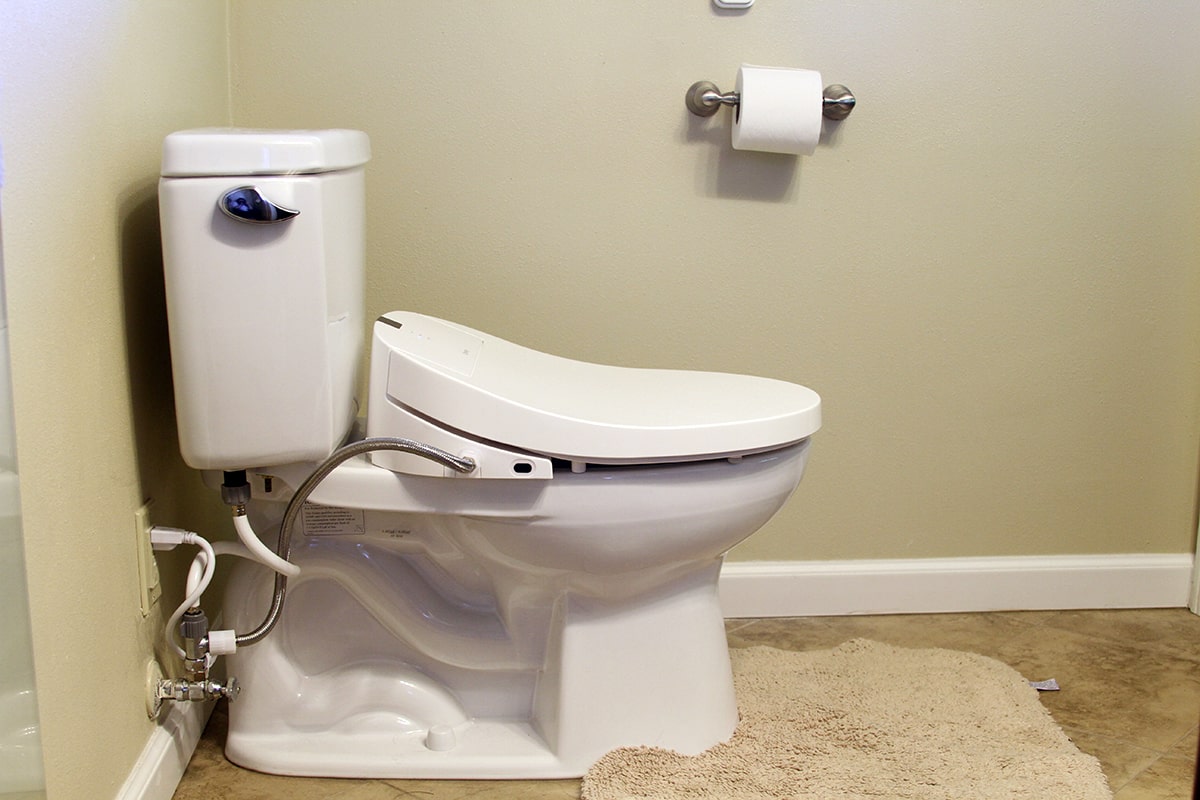
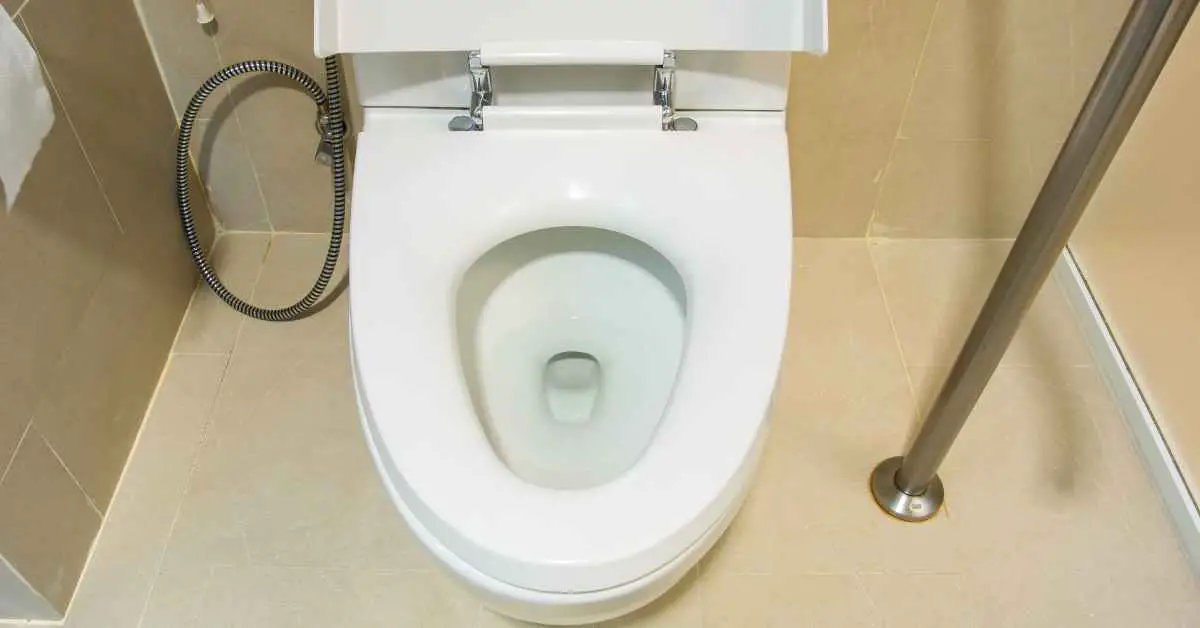
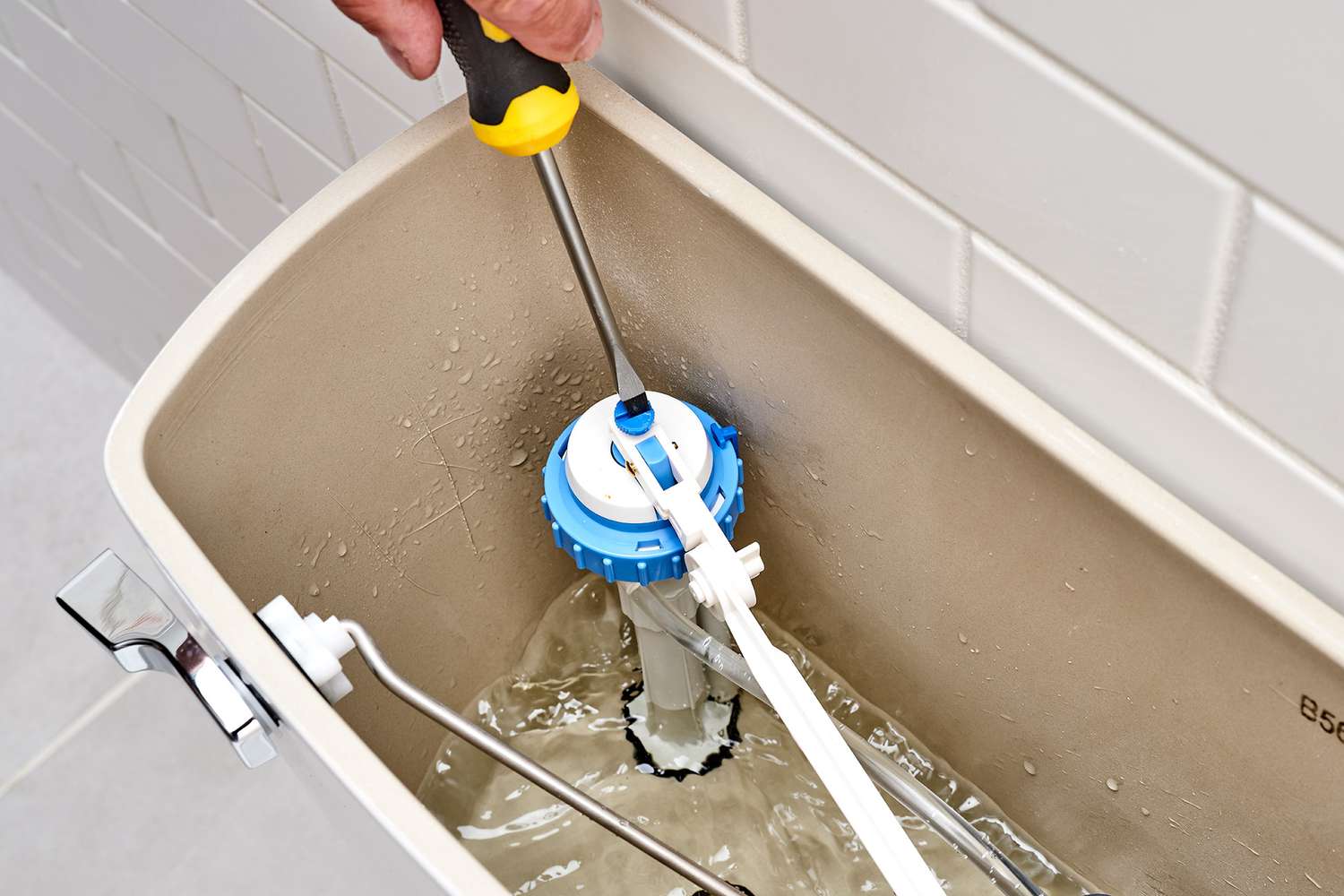
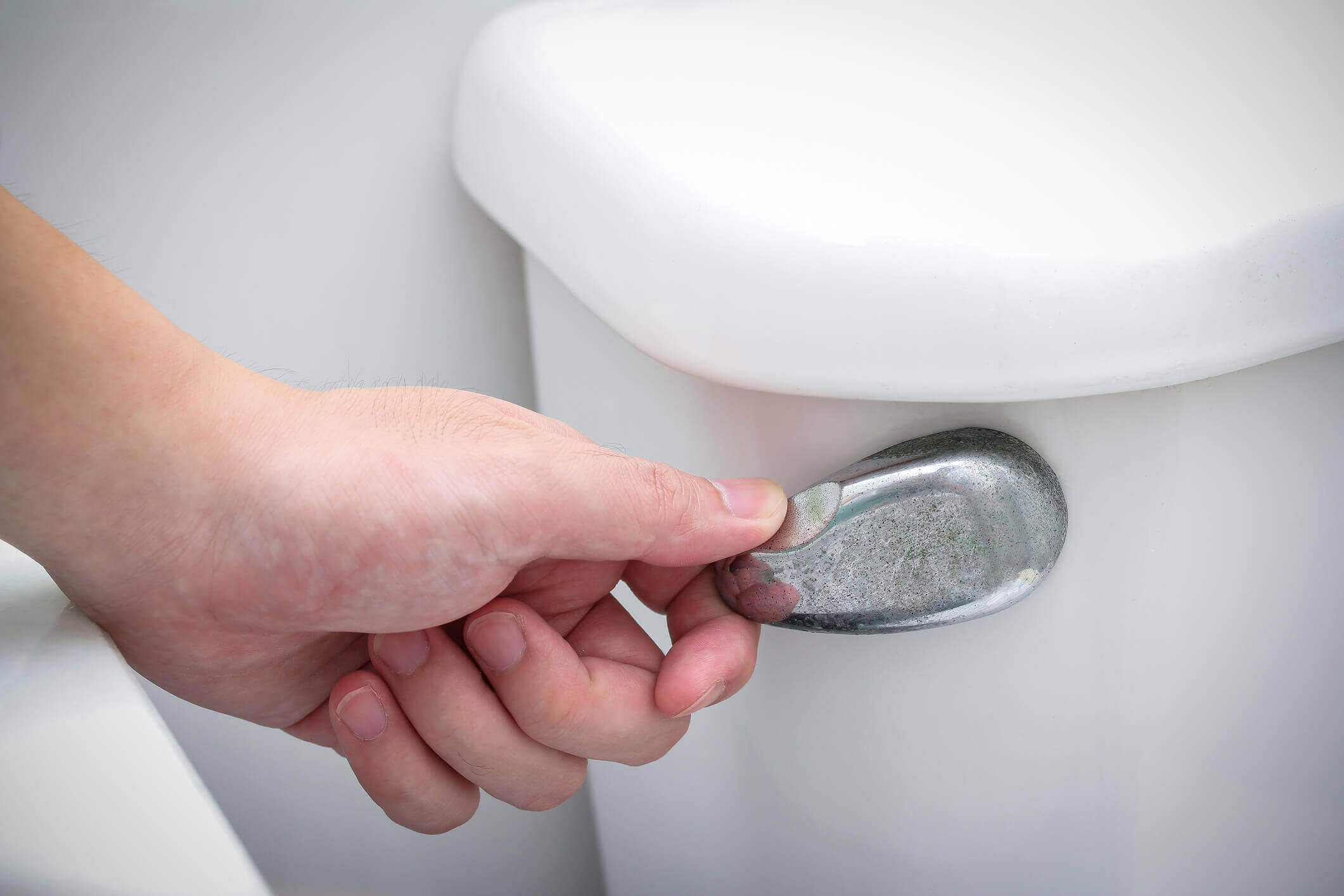
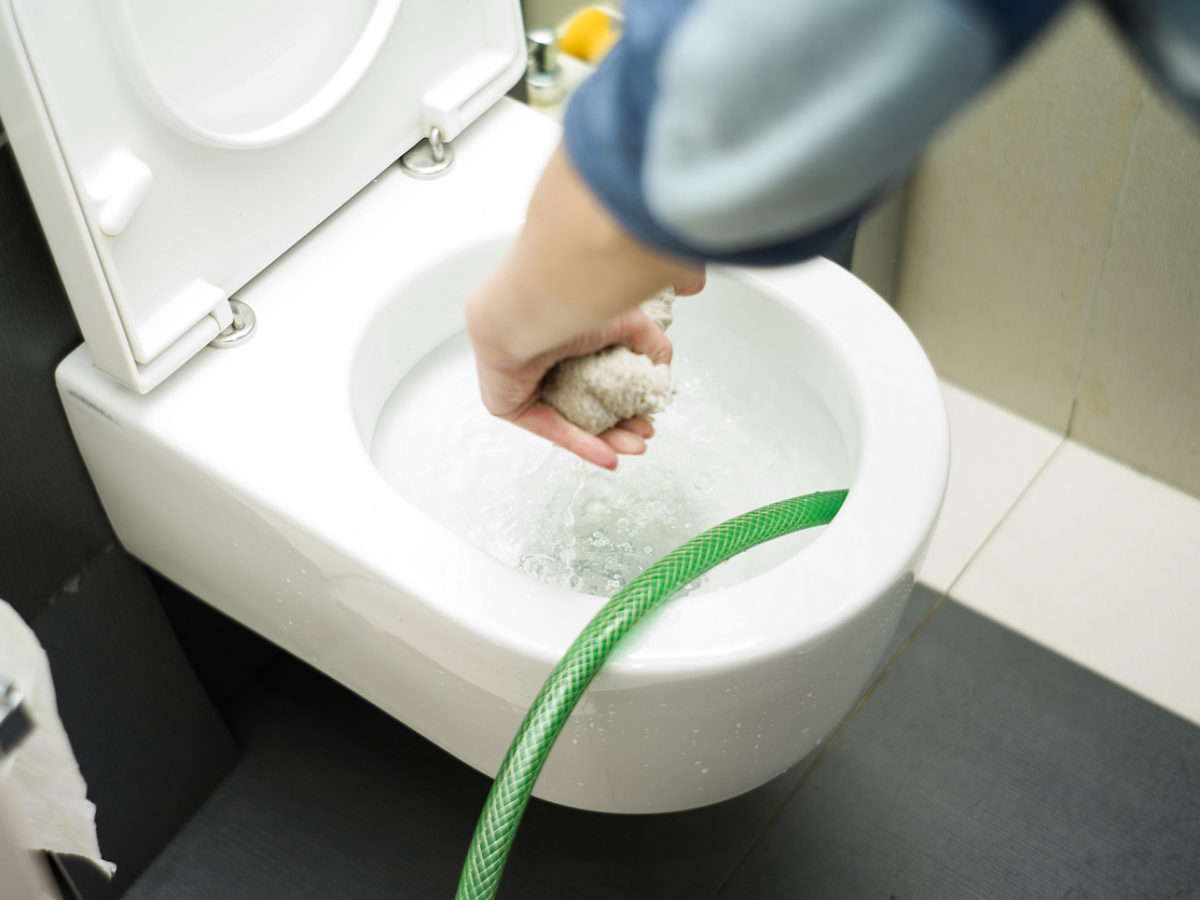
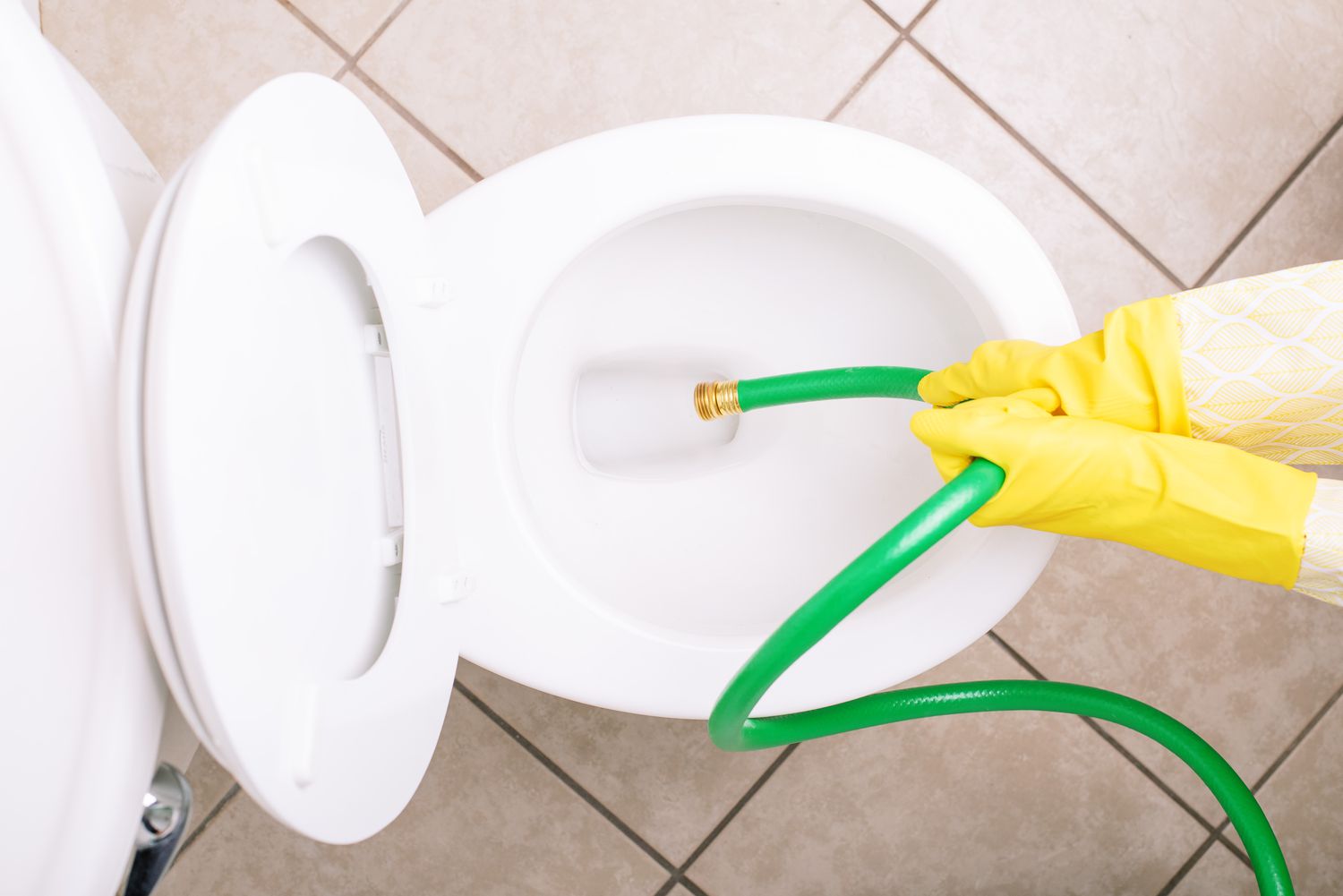
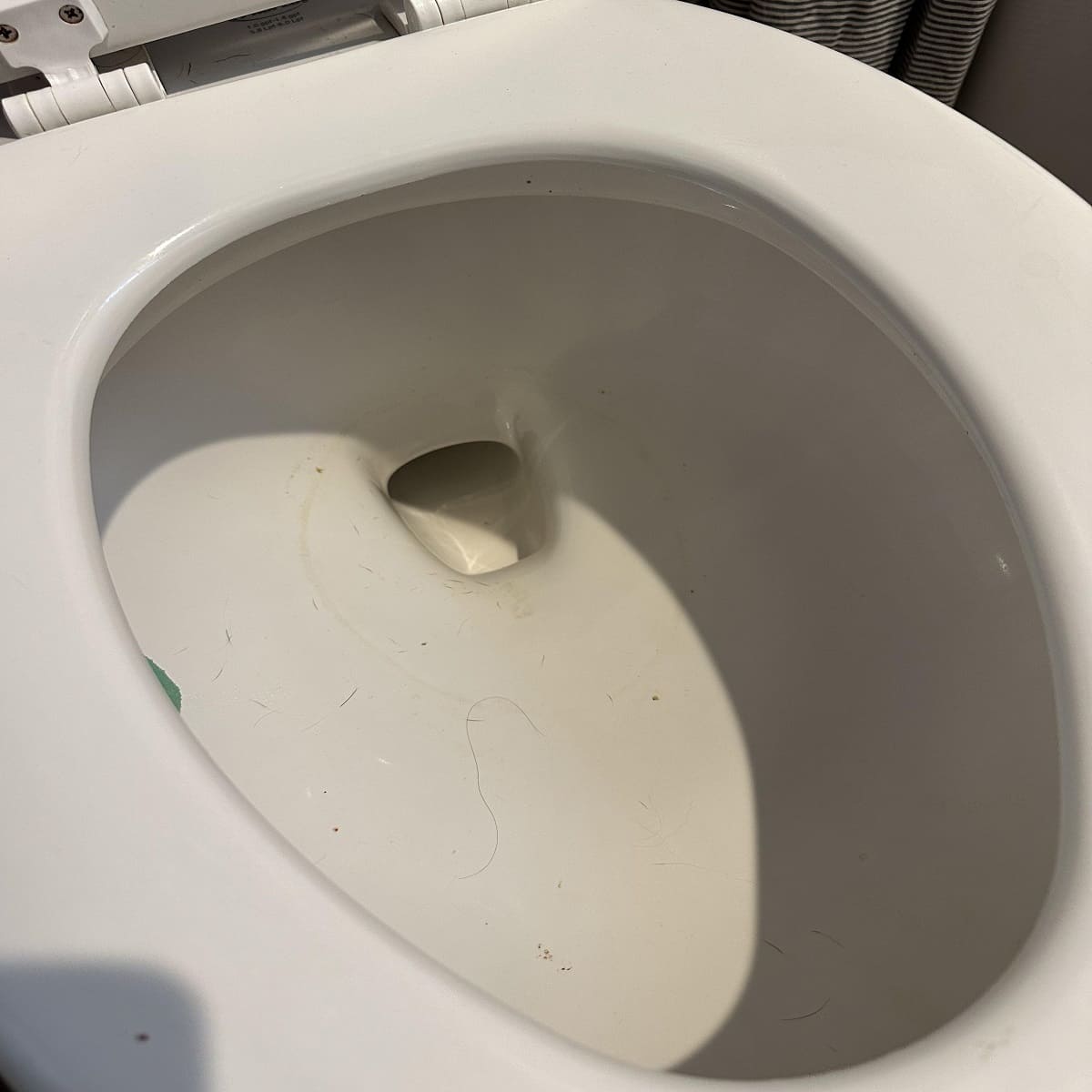
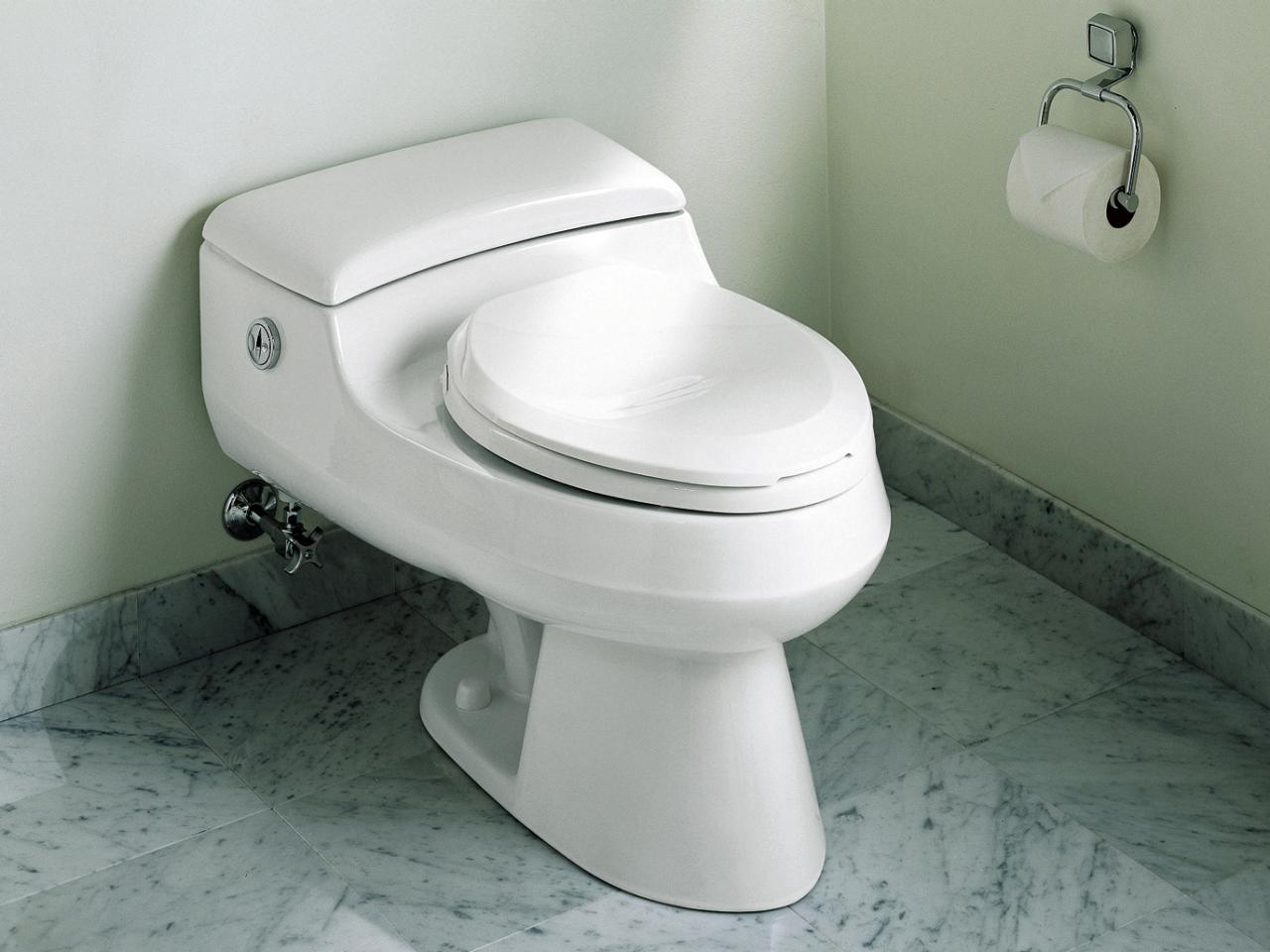
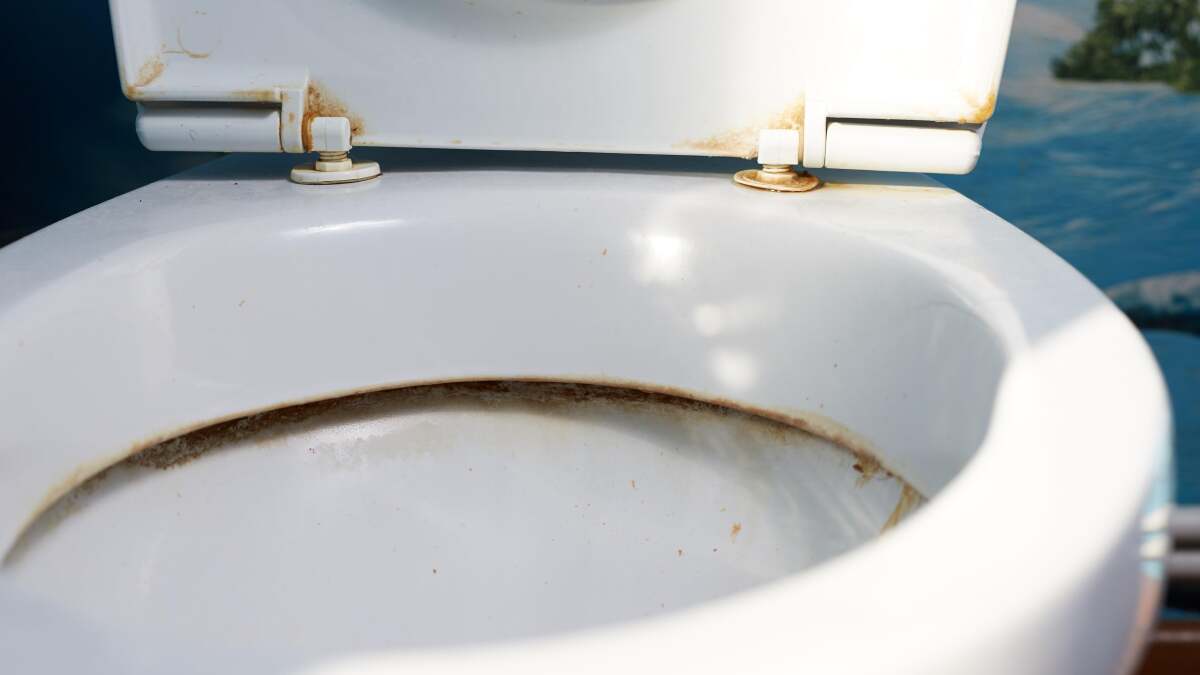
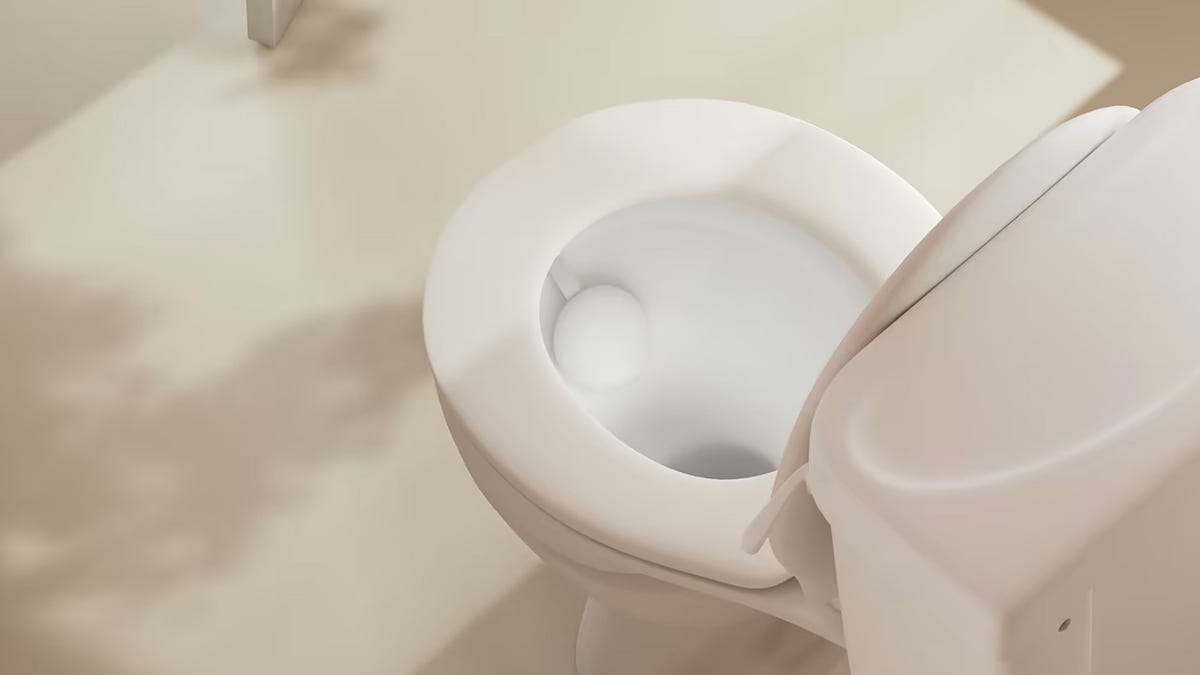
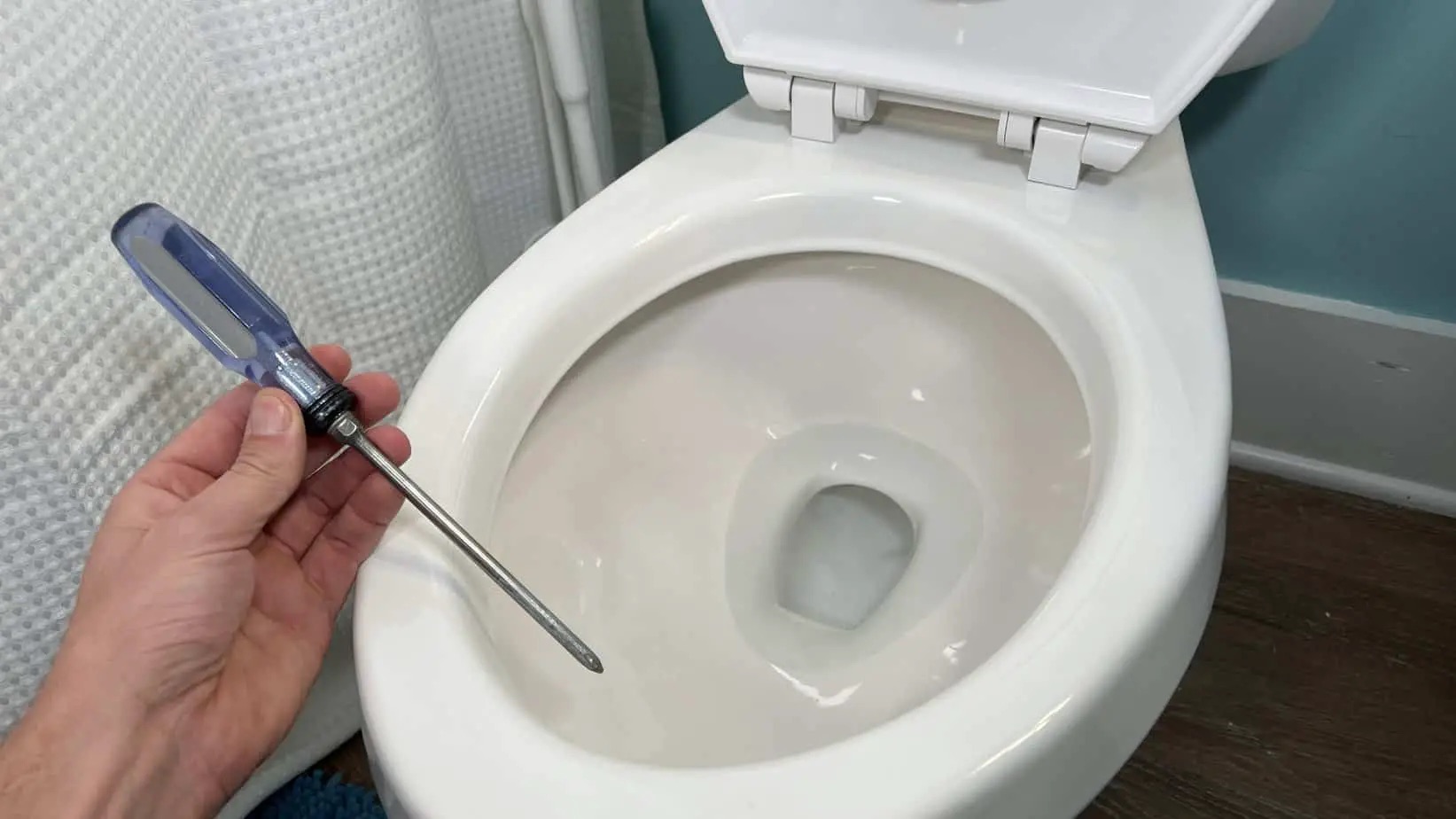
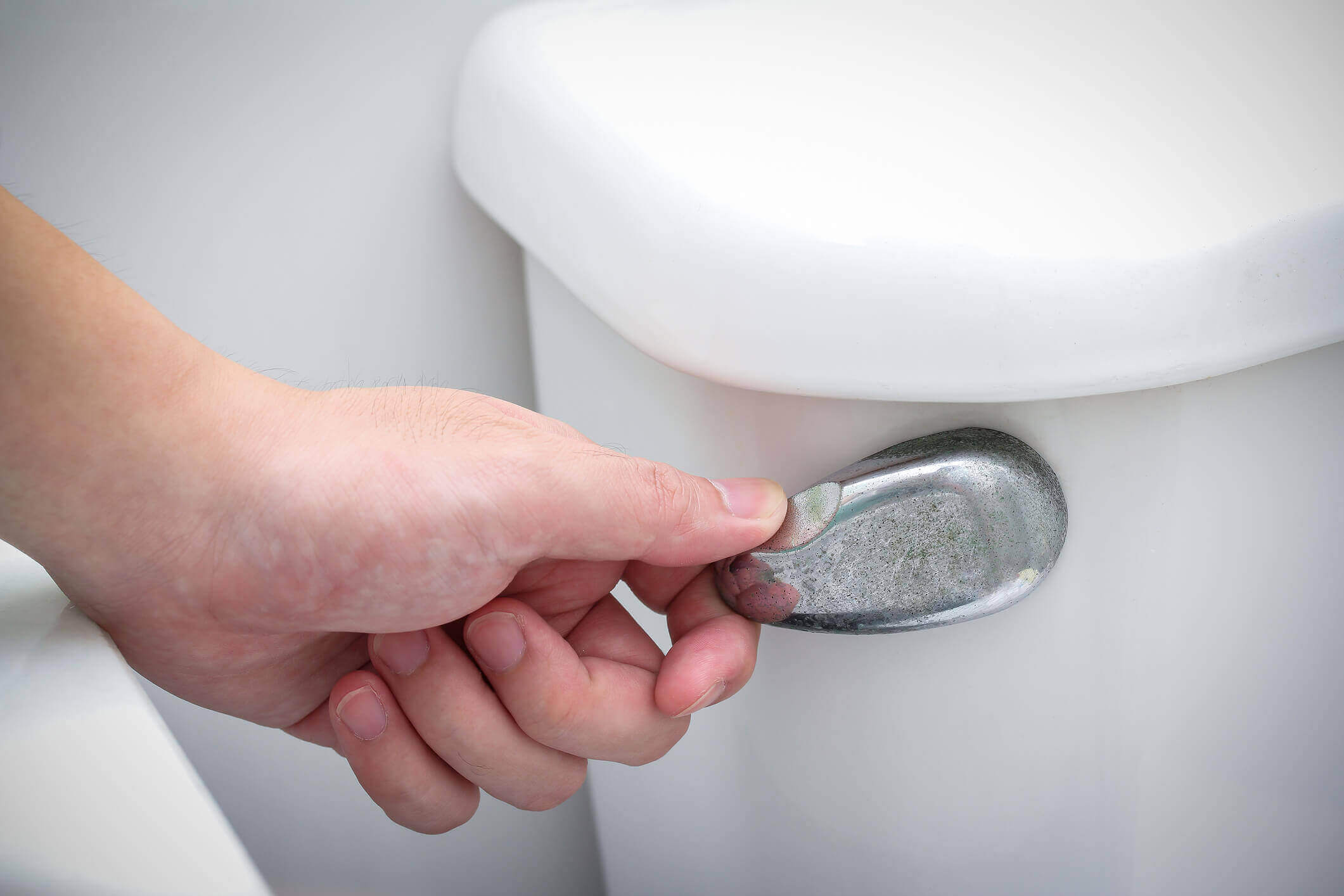
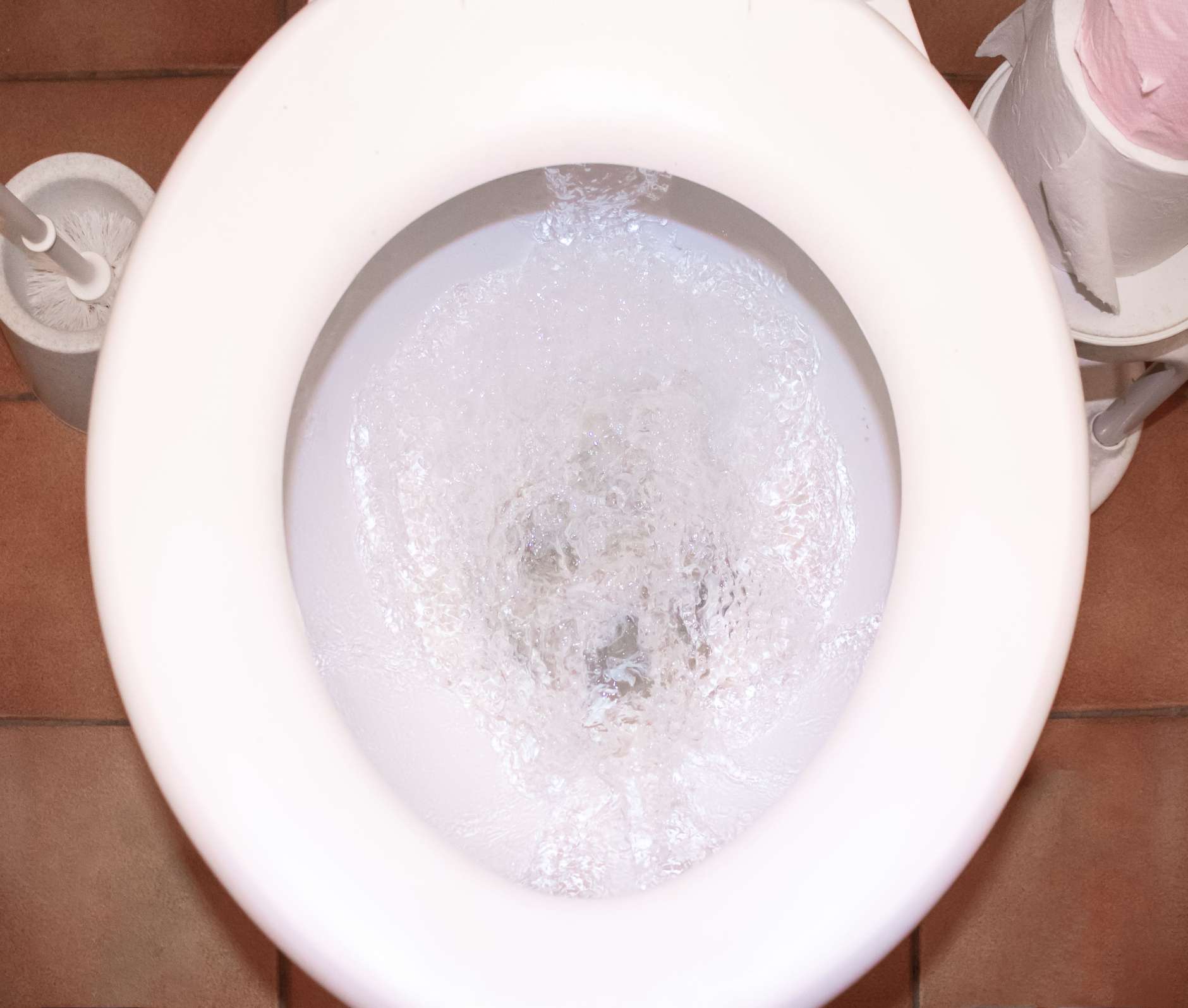
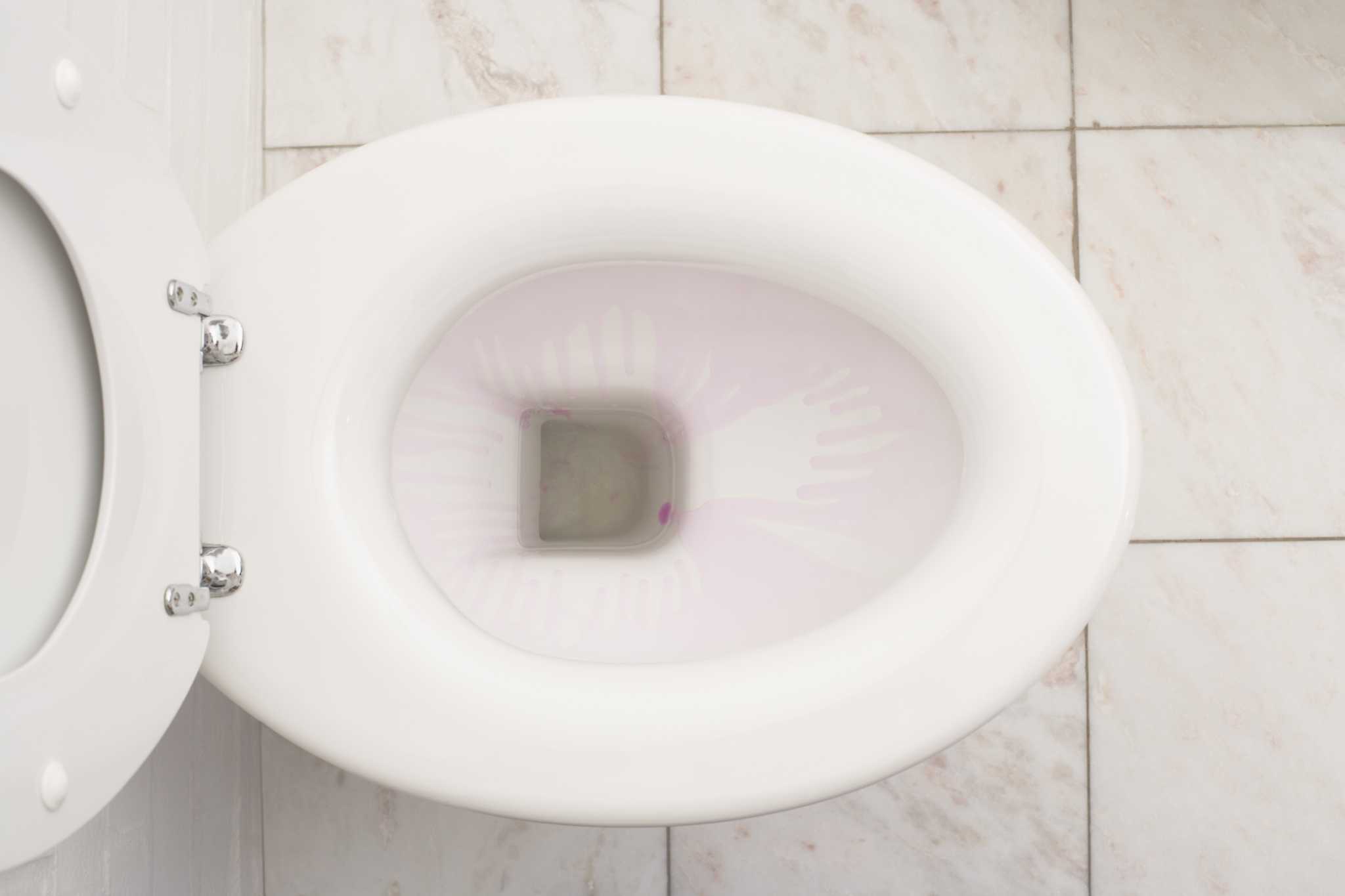

0 thoughts on “How To Adjust Toilet Bowl Water Level”